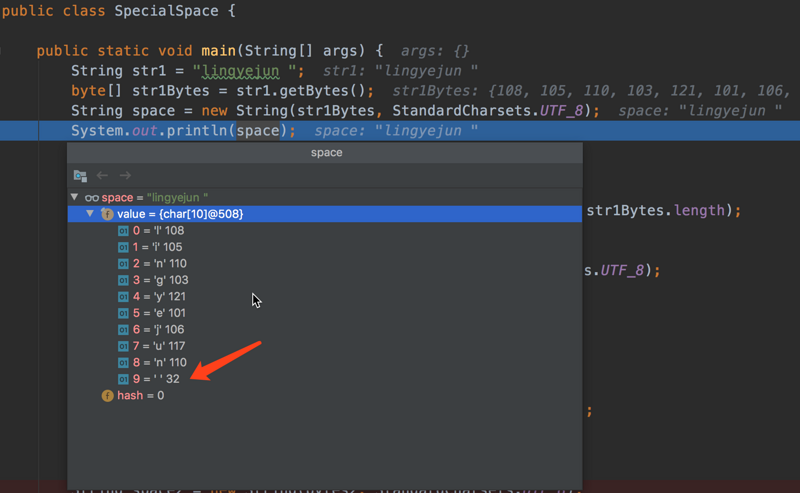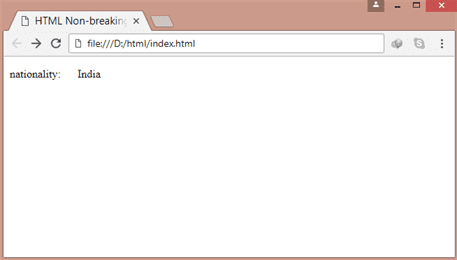

To switch between viewing the results and viewing the formulas that return the results, press CTRL+` (grave accent), or on the Formulas tab, in the Formula Auditing group, click the Show Formulas button. In the worksheet, select cell A1, and press CTRL+V. Note: Do not select the row or column headers. The example may be easier to understand if you copy it to a blank worksheet. To do this task, use the SUBSTITUTE function to replace the higher value Unicode characters with the 7-bit ASCII characters for which the TRIM and CLEAN functions were designed. By itself, the CLEAN function does not remove these additional nonprinting characters. In the Unicode character set, there are additional nonprinting characters (values 127, 129, 141, 143, 144, and 157). The CLEAN function was designed to remove the first 32 non-printing characters in the 7 bit ASCII code (values 0 through 31) from text. By itself, the TRIM function does not remove this nonbreaking space character. This character is commonly used in Web pages as the HTML entity. In the Unicode character set, there is an additional space character called the nonbreaking space character that has a decimal value of 160. The TRIM function was designed to trim the 7-bit ASCII space character (value 32) from text. It's important to understand that the first 128 values (0 to 127) in 7-bit ASCII represent the same characters as the first 128 values in the Unicode character set.

Both functions were designed to work with 7-bit ASCII, which is a subset of the ANSI character set. The CLEAN function removes all nonprintable characters from text. The TRIM function removes spaces from text except for single spaces between words. To remove these unwanted characters, you can use a combination of the TRIM, CLEAN, and SUBSTITUTE functions. Because these characters are not easily noticed, the unexpected results may be difficult to understand.

For example, users may make typographical errors by inadvertently adding extra space characters, or imported text data from external sources may contain nonprinting characters embedded in the text. These characters can sometimes cause unexpected results when you sort, filter, or search. Sometimes text values contain leading, trailing, or multiple embedded space characters (Unicode character set values 32 and 160), or non-printing characters (Unicode character set values 0 to 31, 127, 129, 141, 143, 144, and 157).


 0 kommentar(er)
0 kommentar(er)
